Standing Desks
With recent reports about the hazards of prolonged sitting, standing desks are increasing in popularity. Standing desks have shown to be particularly beneficial for people with lower back, hip or pelvis pain and even improve return to work outcomes. However many people report more discomfort and fatigue in their legs with a standing desk and certain health conditions (such as varicose veins) are better suited to sitting.
It is important to note that sitting at work still has a role to play. In fact, a 2 minute walk every 20 minutes can be enough to reduce glucose levels in the body and hence reverse some of the negative health effects of sitting. If you want to learn more about ideal sitting posture see our previous blog here
To help you navigate the standing desk world, we have put together our top tips below.
- Ensure you are standing in a good position
While a standing desk may seem like the answer to certain aches and pains, it will be no better for your musculoskeletal health if you are not in a good position. Ever stood at a concert for a few hours and felt worse afterwards? If you are going to spend extra time standing during the day, it is important to take the time to identify your ideal position.Fatigue at a standing desk is shown to be higher in those who slouch. Similarly, we know that standing too upright can also cause certain muscle and joint problems. So how do you know what the right position is? Well your body will actually tell you! Below are some good general guidelines to follow
- Maintain a neutral spine. This means maintaining your 4 natural curves. This position minimises stress on your spine and helps prevent injury and will look slightly different for different people
- Keep your head upright and in line with your shoulders
- Shoulders should be relaxed back and down – the muscles on top of your shoulders should be soft
- Don’t ‘lock’ lock your knees out – you should keep a gentle bend in them
- Avoid leaning backwards or forwards – your lower back muscles should be soft and relaxed
- Introduce gradually
Just as you wouldn’t go from doing no running training, to suddenly doing a marathon, it is important to gradually increase your body’s tolerance for standing. If you are not used to standing all day, suddenly changing from 8 hours of sitting a day to 8 hours of standing can cause a variety of issues. It is recommended to start with just 5-10 minutes of standing at a time and build up to 20-30 minute blocks. When beginning, total standing time in the day should aim to be no more than 2 hours. Compression stocking, inner soles and supportive shoes have been shown to help alleviate feelings of leg fatigue.
- Pick the right desk
There are lots of different options and brands on the market, so it can be difficult to tell which desk is right for you. Key things to look for are:
- Easy to move up and down (if its too difficult or requires a lot of physical exertion, then you either won’t move your desk often enough or you may hurt yourself moving it)
- “Set and forget” – programmable sitting and standing height. This allows you to take the time to set up the correct height for your body once, then easily move between sitting and standing set-ups without having to re-check your posture each time
- 10 year motor warranty
- Can rise to more than 1200mm
- Large enough to comfortably fit monitor, keyboard and forearms on
- Your best position is your next position!
Ultimately, the best option for you is to regularly change position. This is why if you are going to invest in a standing desk, it is important to get one that can easily change from sitting to standing and back again. Likewise, it is important to ‘move around’ in your standing position – this includes having a foot rest to alternate legs with for different posture options.
If a standing desk does not seem right for you (or you’re just not ready to take the plunge yet), then looking for ways to move more during the day is a really good starting point. This includes having ‘walk and talk’ meetings, a central printing station that you have to get up and walk to or taking the stairs (instead of the elevator) as much as possible. All are great ways to move more and keep your body happier!
- See your physiotherapist
Every body is different and the demands of every job are different too. That is why seeing your physiotherapist for a thorough assessment of your nerves, muscles, joints, posture and physical work demands is the best way to get personalised, specific treatment and advice for you. You do not need to have any symptoms to have as assessment. It’s like getting your car serviced to prevent a breakdown! If there is any strain building up in your body, we can help teach you how to reduce the strain and prevent it becoming a more significant problem.
Want to learn more from Brisbane’s Best Physio Team or book in for an appointment? Click here.

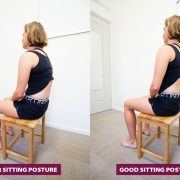
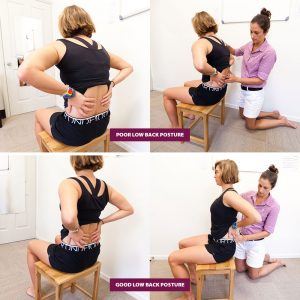
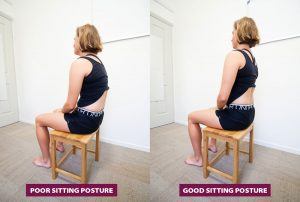
 So how will this help your muscles & body?
So how will this help your muscles & body?


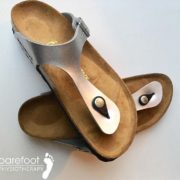

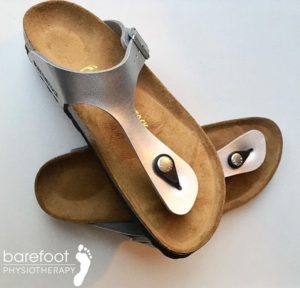
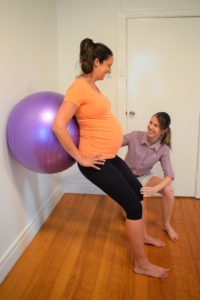


 ( See from left to right – Neutral, Extended, Bent)
( See from left to right – Neutral, Extended, Bent)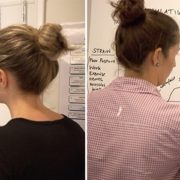


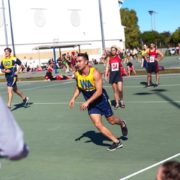

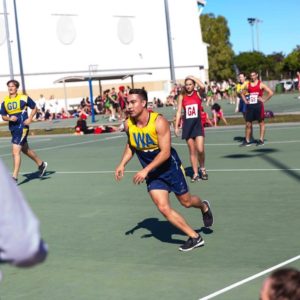
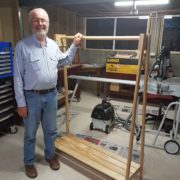

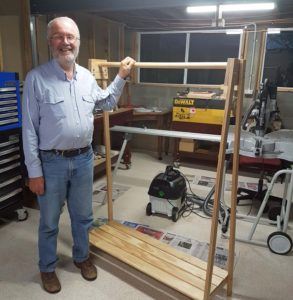 Well yes I went to the Men’s Shed because I wanted to learn about how to use big machines like drop saws, bench saws, large routers, drill presses and things like that. The Shed has a very well-equipped woodworking and metalworking workshop and great teachers.
Well yes I went to the Men’s Shed because I wanted to learn about how to use big machines like drop saws, bench saws, large routers, drill presses and things like that. The Shed has a very well-equipped woodworking and metalworking workshop and great teachers.
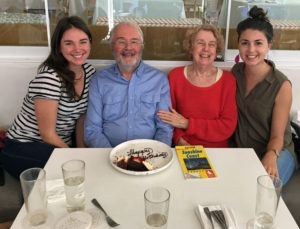 We also had a meeting of this group on a ship that was travelling along the West Coast of Norway, delivering supplies to all these little towns at the ends of fjords. We started off in Trondheim and we ended up in Tromsø, which is right inside the Arctic circle. Having a meeting on a ship is actually very useful… you can’t get off so everyone has to stay in the meeting.
We also had a meeting of this group on a ship that was travelling along the West Coast of Norway, delivering supplies to all these little towns at the ends of fjords. We started off in Trondheim and we ended up in Tromsø, which is right inside the Arctic circle. Having a meeting on a ship is actually very useful… you can’t get off so everyone has to stay in the meeting.
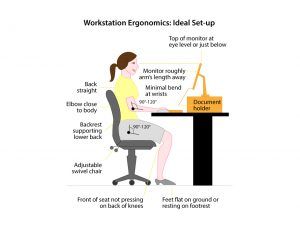 Posture
Posture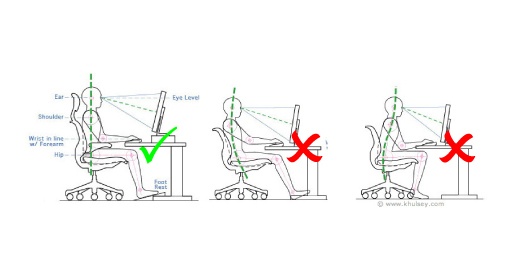 Adjust the height of backrest so it fits into curve of lower back
Adjust the height of backrest so it fits into curve of lower back



